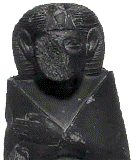|
A great
dynasty, the power of which was comparable with that of the Old Kingdom. The
building works all over Egypt have practical aspects, causing immense industrial
development. The kings introduce co-regency to facilitate a succession to the
throne as a permanent element of rule. After all they were brilliant
administrators, builders and warriors.
Many important pieces of literature have been written at that times:
Precepts of Amenemhet, Tail of Sinuhe, Story of the Shipwrecked Sailor, Story of
the Oasis inhabitant, Loyalistic Precepts
showing relationship between loyality to the king and private happiness, The
Dramatic Papyrus, Semna Dispatches – records of a crew of
fortresses at Nubian boundary,
Eloquent Peasant,
and many more. Base of this collection are 23 papyri found by Quibell in 1896 at
Ramesseum. |
||

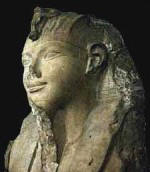
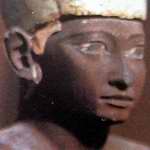 S
S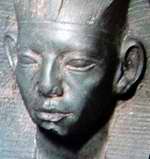 S
S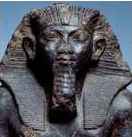
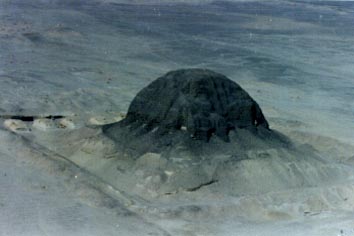
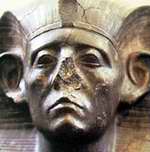 Son
of Sen
Son
of Sen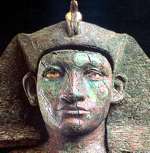 S
S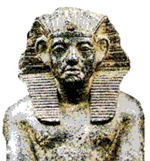 S
S